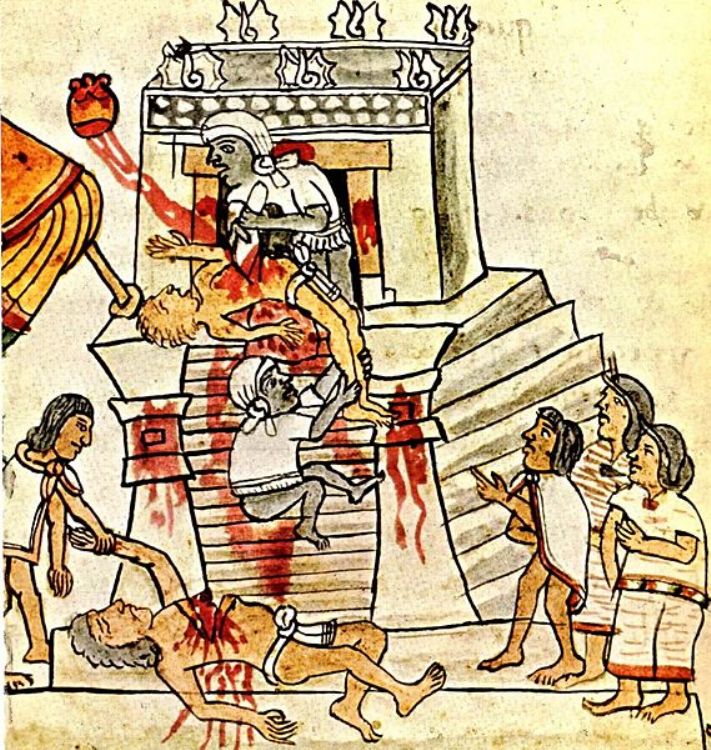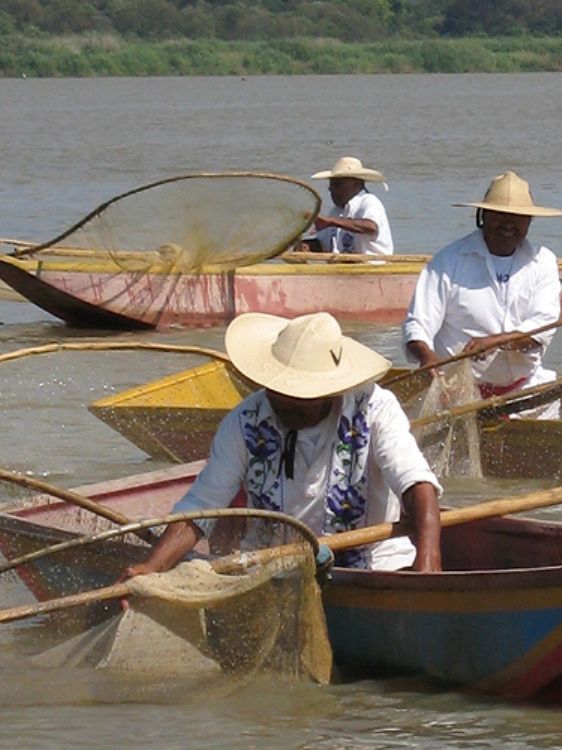
The son of diplomatic parents, Carlos Fuentes was born in...

Located on the western coast of the country, the state of Michoacan extends across an area of 58,643 sq. kilometers and offers a coast 247 kilometers long. It shares its borders with the Pacific Ocean to the southwest; and with the states of Jalisco, Guanajuato and Queretaro to the north; Mexico and Guerrero to the east; ; and Colima and Jalisco to the west.
The state territory is broken and divided in the zone of the so-called Neo-Volcanic Axis, where the Paricutin volcano is located, one of the seven natural wonders of the world and which erupted last in 1943. Other two volcanoes in the region are the Tancitaro at 3,840 meters of altitude and the Patamban, at 3,500 meters over sea level. The depression of Balsas is formed by the prairies of Tepalcatepec and the coastal plains of the Pacific Ocean, and is delimited by the southern Sierra Madre. Apart from the volcanoes, the state also contains other major elevations such as the Cerro San Andres at 3,600 meters, the Cerro La Nieva at 3,440 meters, the Cerro Uripitijuata at 3,400 meters, the Cerro El Tecolote at 3,360 meters, and the Cerro El Zirate at 3,340 meters over sea level.
The largest lake in Mexico is the Chapala, shared by the states of Michoacan and Jalisco. Other hydrologic systems found in the state include the Lerma, Balsas, Coalcoman, Tuxpan, Cupatitzio, Tacambaro, Tuzantla, Acumbaro and Toscano rivers; the basins of the Rio Grande and the San Diego and Neixpa rivers; as well as the Cuitzeo lagoon.
Regarding climate, as is usually the case, it is defined according to and depending on geographic diversity. The coast and part of the central zone present a hot and sub-humid climate with a median temperature of 26oC; a temperate and sub-humid climate in the norm at the mountains with temperatures oscillating between 17o and 20oC; while the north is usually a dry or semi-dry environment.
While the coast of Michoacan is rich in species such as snapper, bass, bream, turtle, caiman, pelican, heron, and seagull, the Patzcuaro lake is home to white fish and sand-piper, whereas the mountain eco-system include pine and oak forests, the turtledove, jaguars, deer, quail, wild turkey and the eagle.
The great natural diversity and wealth present in the state of Michoacan is the reason why the year 2006 saw the number of protected natural areas increase from just one to 20, including the wetlands of the Zacapu lagoon, the Patzcuaro lake, the costal lagoon of Caiman, the turtle beach of Mexiquillo, the sanctuary for the Monarch Butterfly and the Infiernillo-Zucuiran area, with abundant low jungle.

The son of diplomatic parents, Carlos Fuentes was born in...

Pre-Columbian era is a term used referring to the situati...

Pátzcuaro Lake is the place in Mexico with greates...

During his last state of the union address, José L...